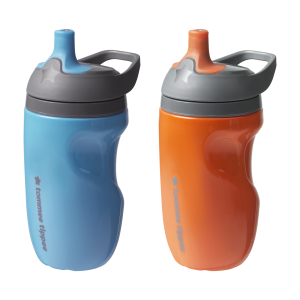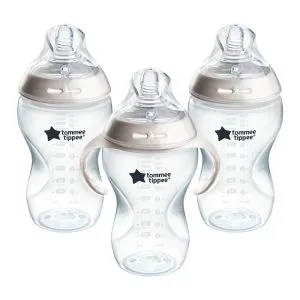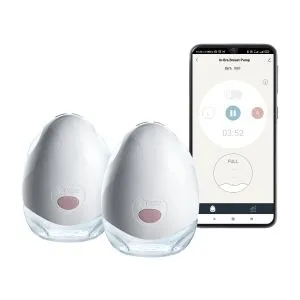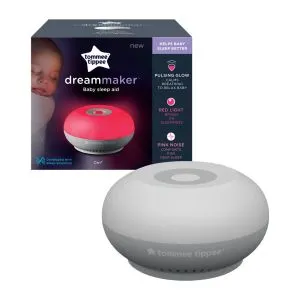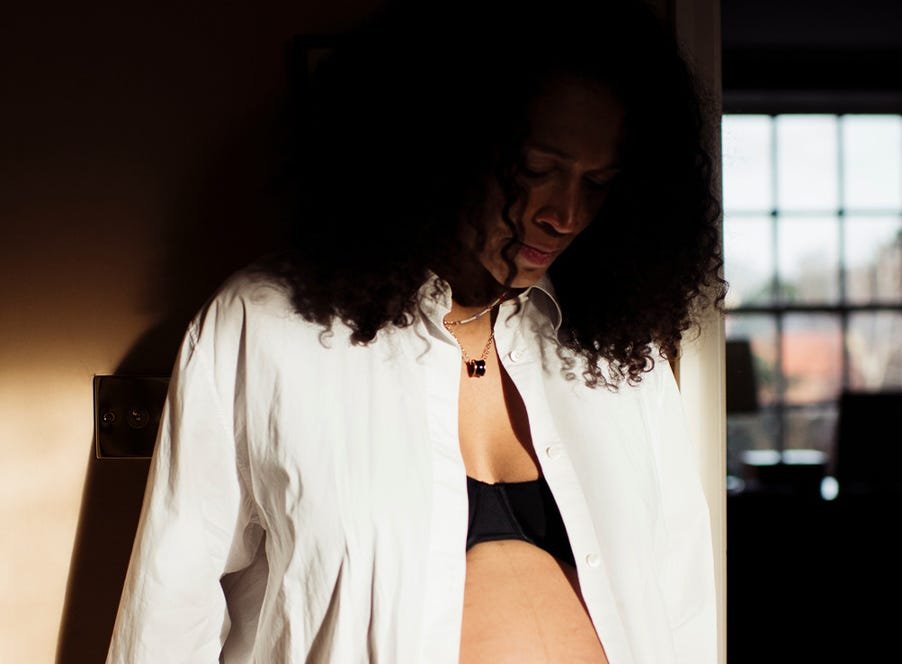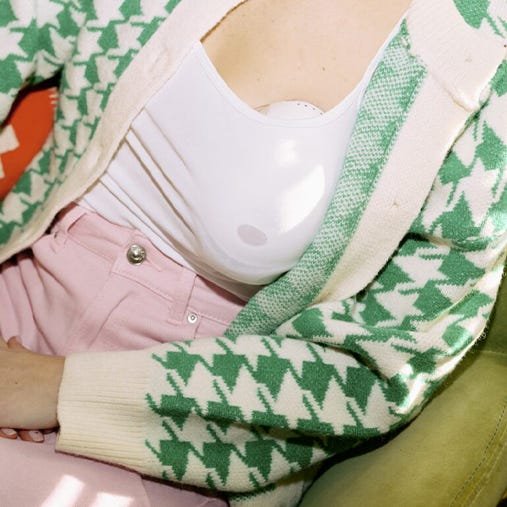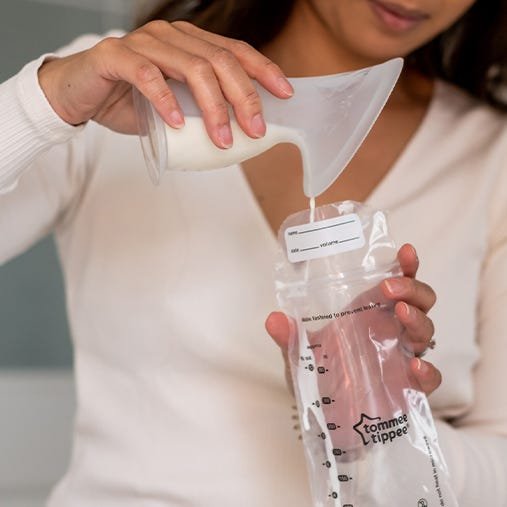When should I start to collect colostrum milk?
The best time to start collecting colostrum is between 36 and 37 weeks of pregnancy.
How much colostrum should I express?
How much colostrum you collect in an expressing session can vary from just a few drops to a teaspoon full. Don't compare yourself to others and remember that every drop counts!
Remember that colostrum is a very concentrated food and newborn babies only need a small amount per feed - about a teaspoonful.
How and where to store your colostrum
Once collected, your colostrum syringes can be dated, labelled, and stored in your freezer, ready to give to your baby once they arrive.
You can store your expressed colostrum syringes at the back of the refrigerator between 35°F and 39°F for up to 24 hours before you freeze it. It'll last for up to 24 hours if kept in a cool bag with ice packs - when you're transporting to hospital, for example.
When you label your syringes, be sure to include:
- your name
- the date and time the colostrum was expressed.
Tips for taking colostrum to the hospital
To bring your expressed colostrum into the hospital when you have your baby, you'll need:
- re-sealable bags
- a small cool bag
- a bag of crushed ice or some ice blocks.
When you're going to the hospital to give birth, you can place some of your frozen colostrum syringes in a re-sealable bag and put it inside a cool bag between a bag of crushed ice or some ice blocks.
Tell your midwife that you have colostrum with you when you arrive at the hospital. They will label it and store it in the fridge or freezer at the hospital for you.
How to feed your baby colostrum
Once they're born, some newborns struggle to breastfeed at first, and others are unable to maintain their blood sugar levels. In these situations, your expressed colostrum is the perfect first food for your baby.
Before you feed your baby, the syringe needs to be brought to room temperature. To do this, you can place the bag with the syringe fully into warm water. Your midwife will demonstrate how to use a small cup or syringe to feed it to your baby.
Having a small feed with colostrum helps give your newborn a boost in energy and blood sugar levels. It can also help to encourage them to breastfeed.
